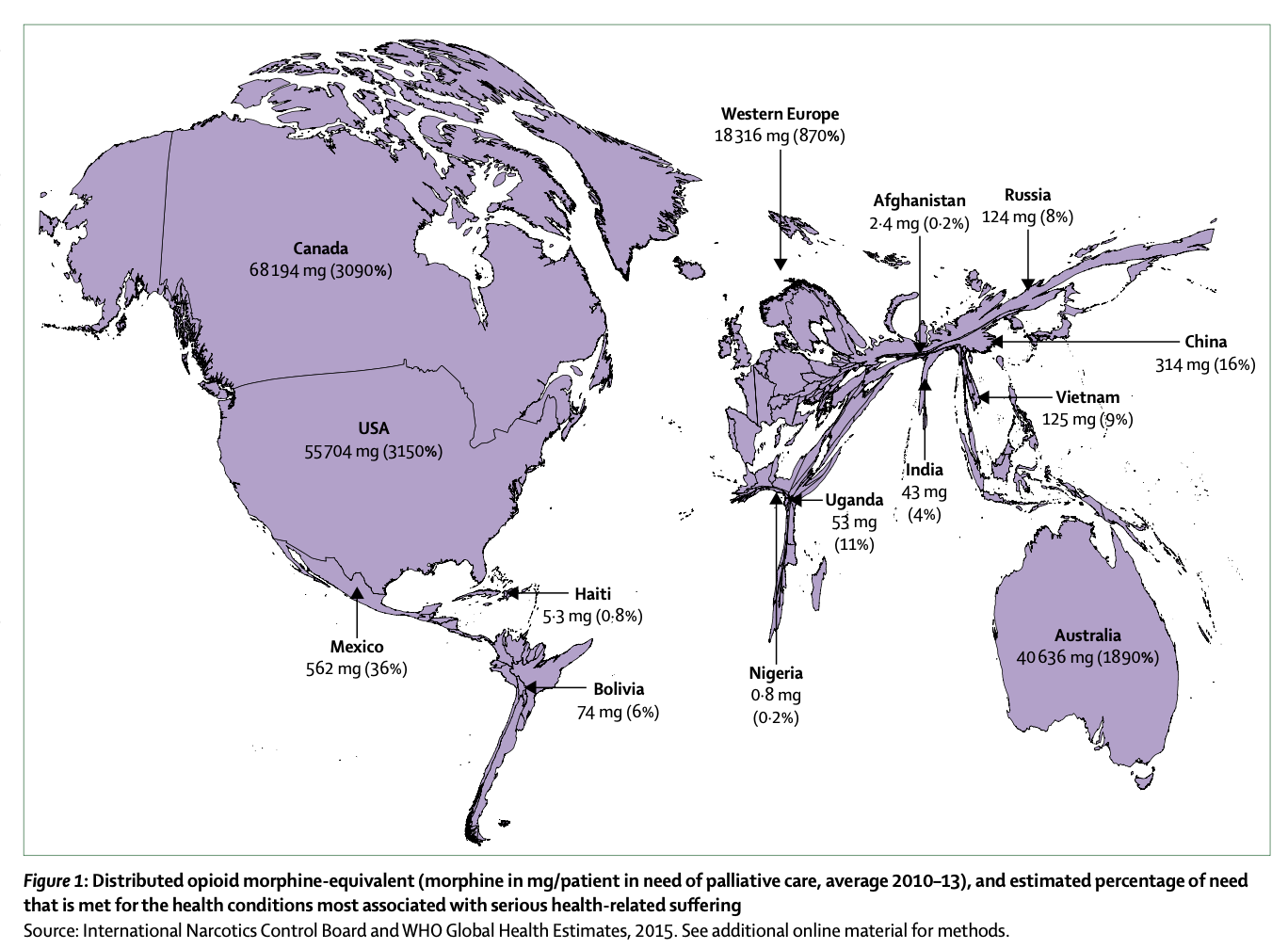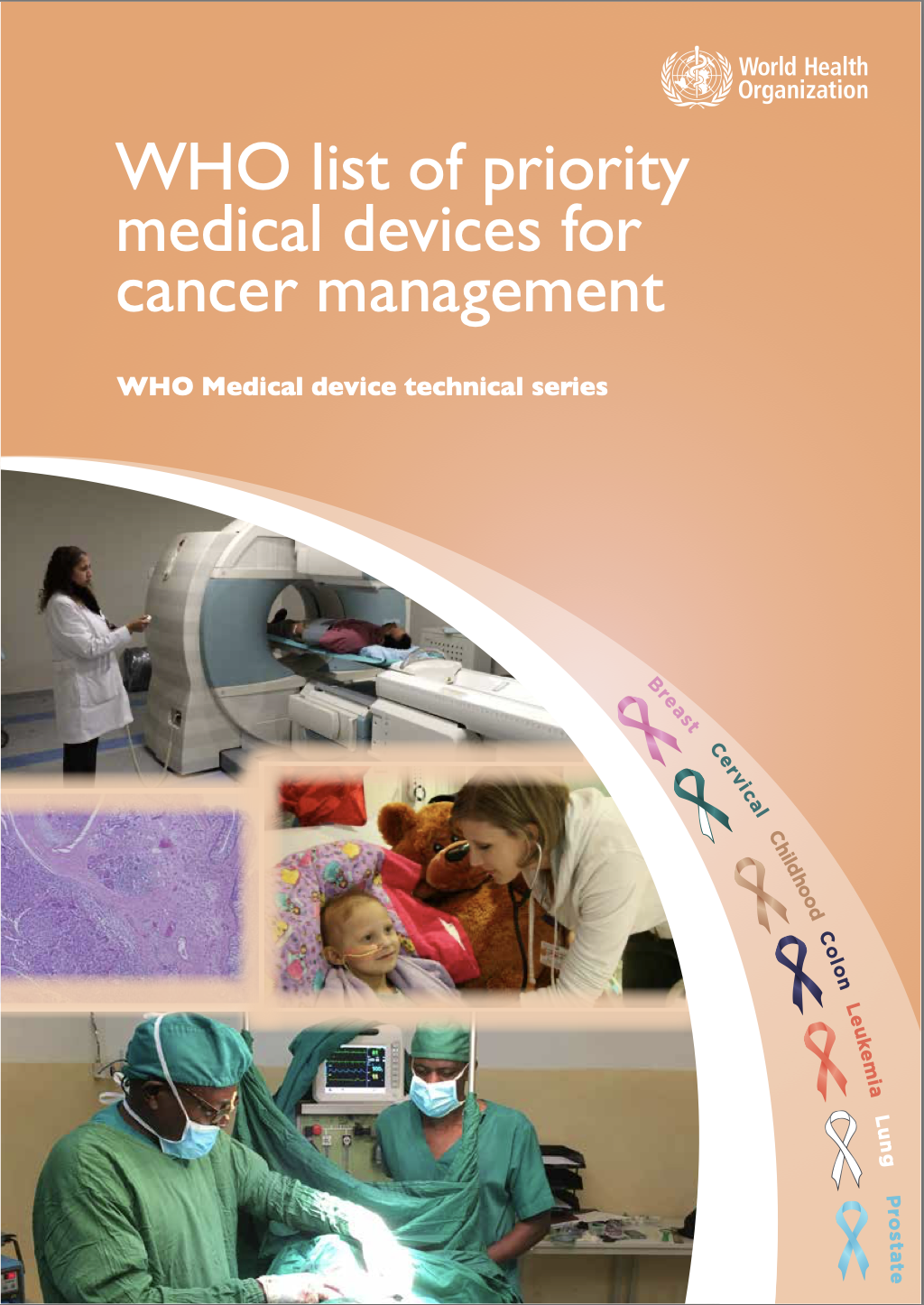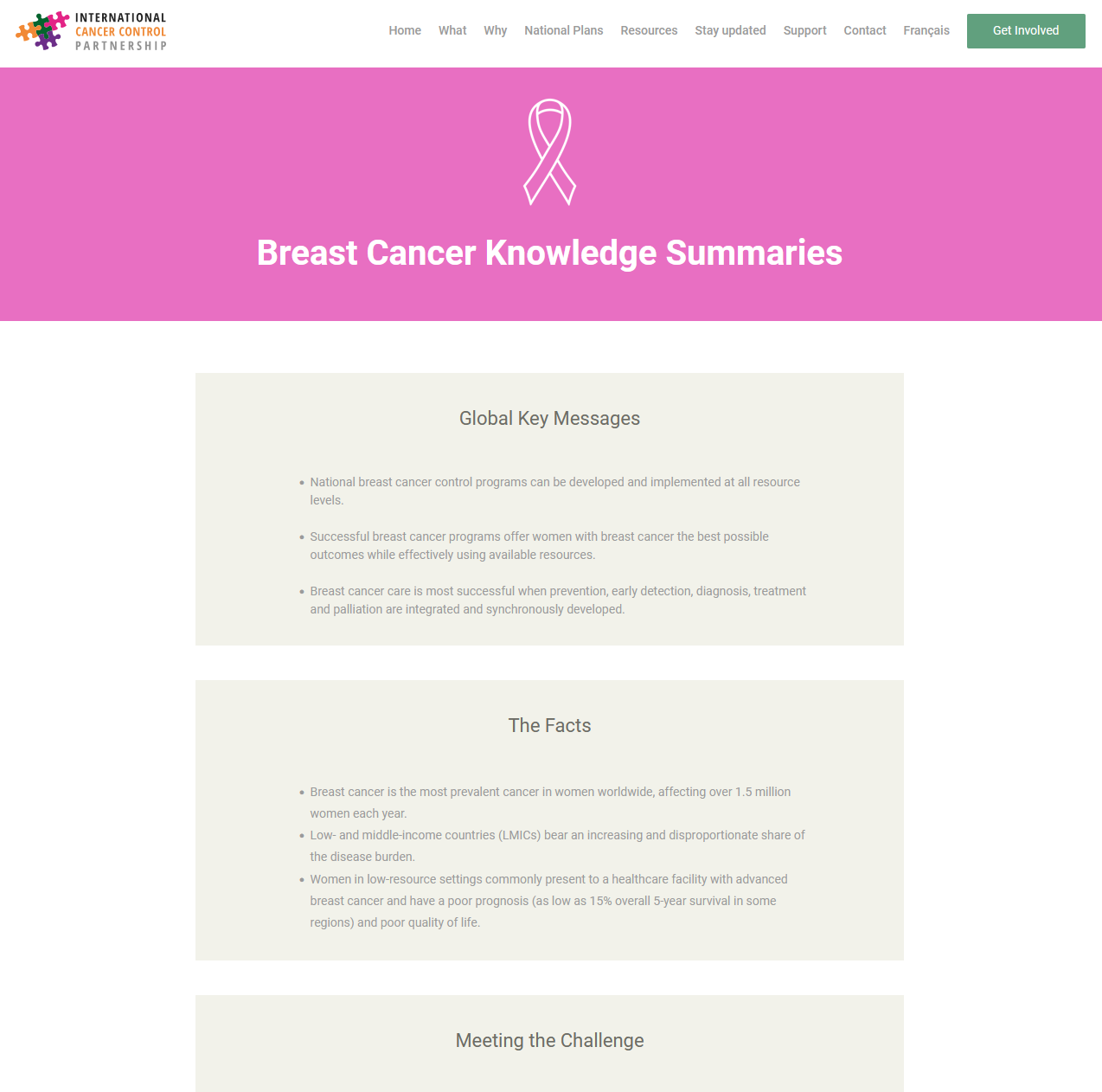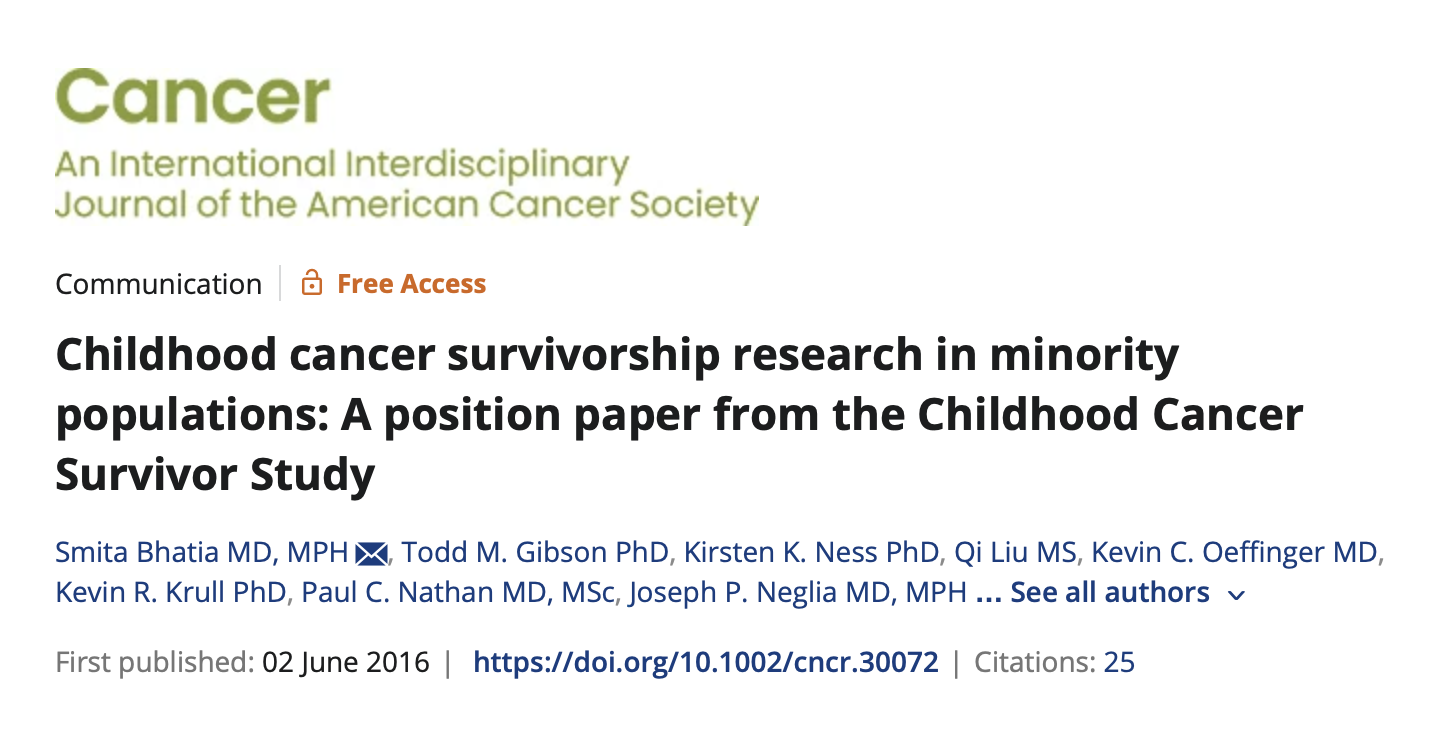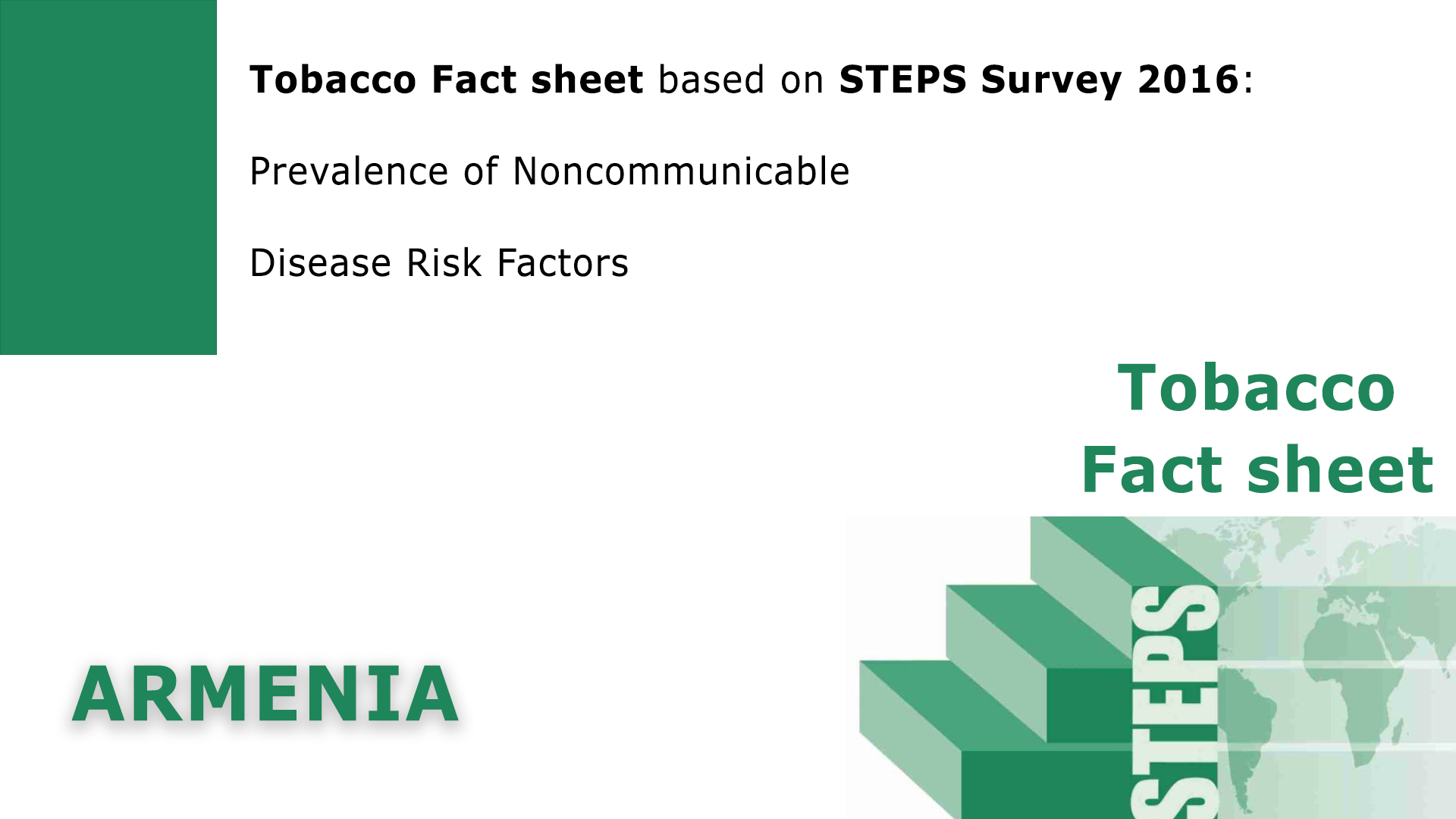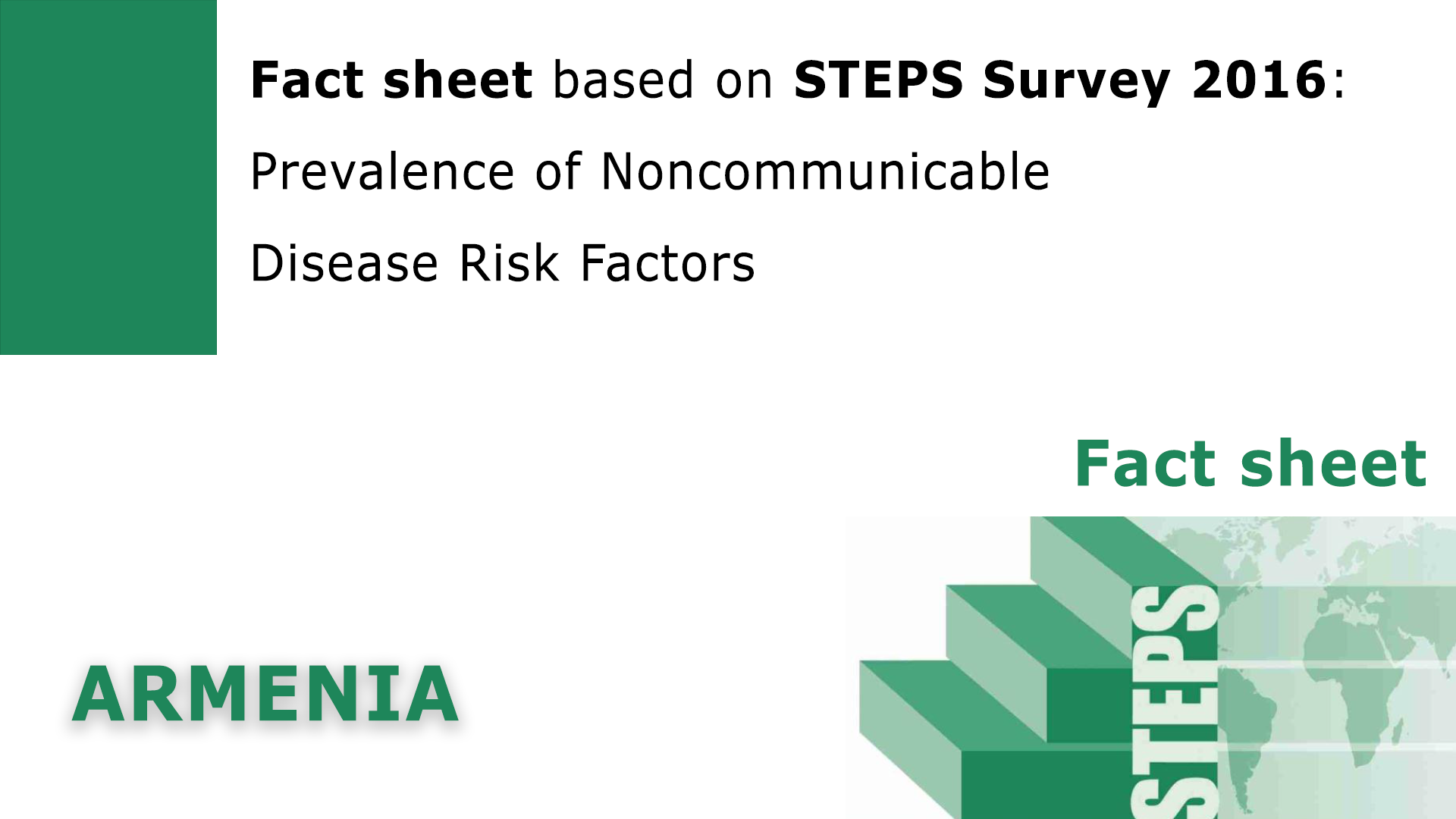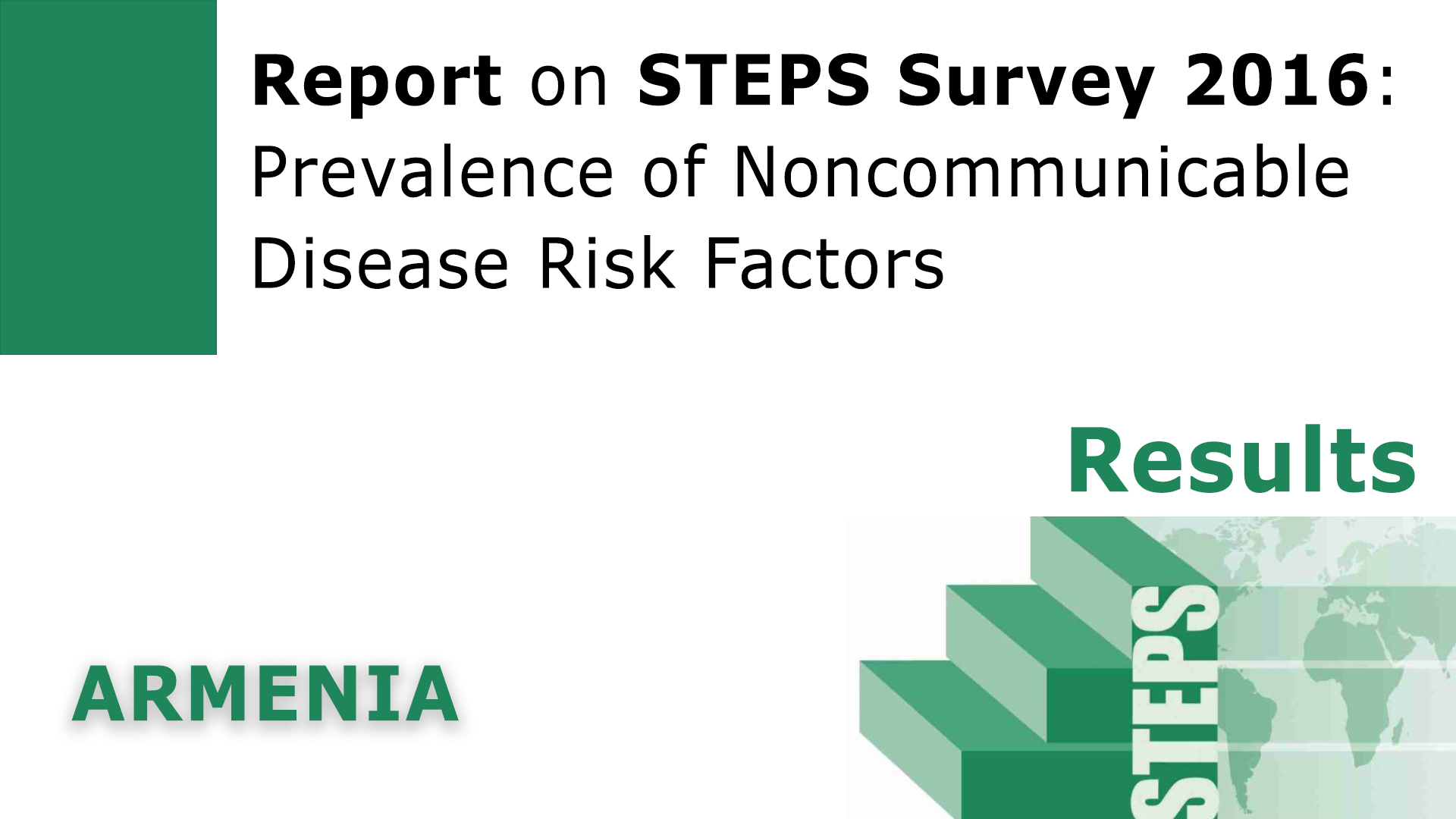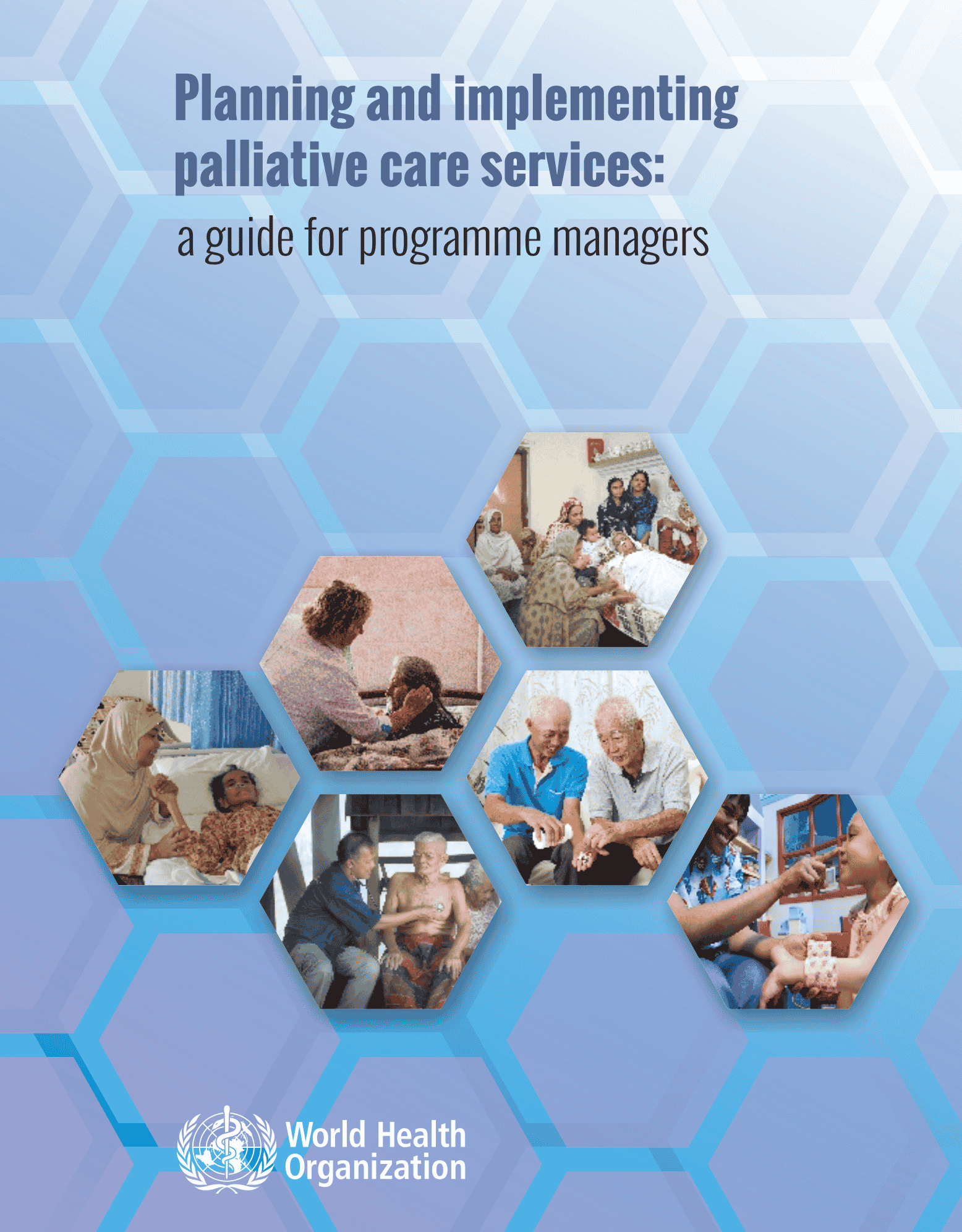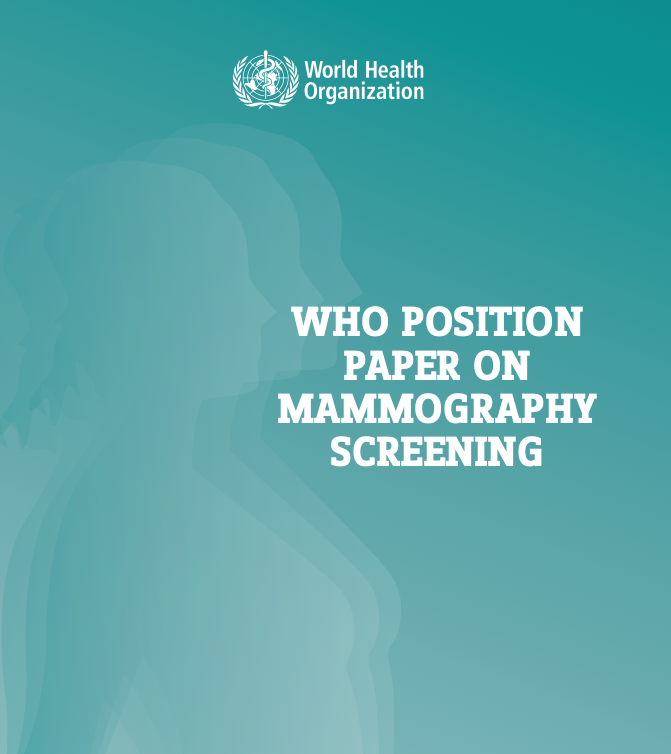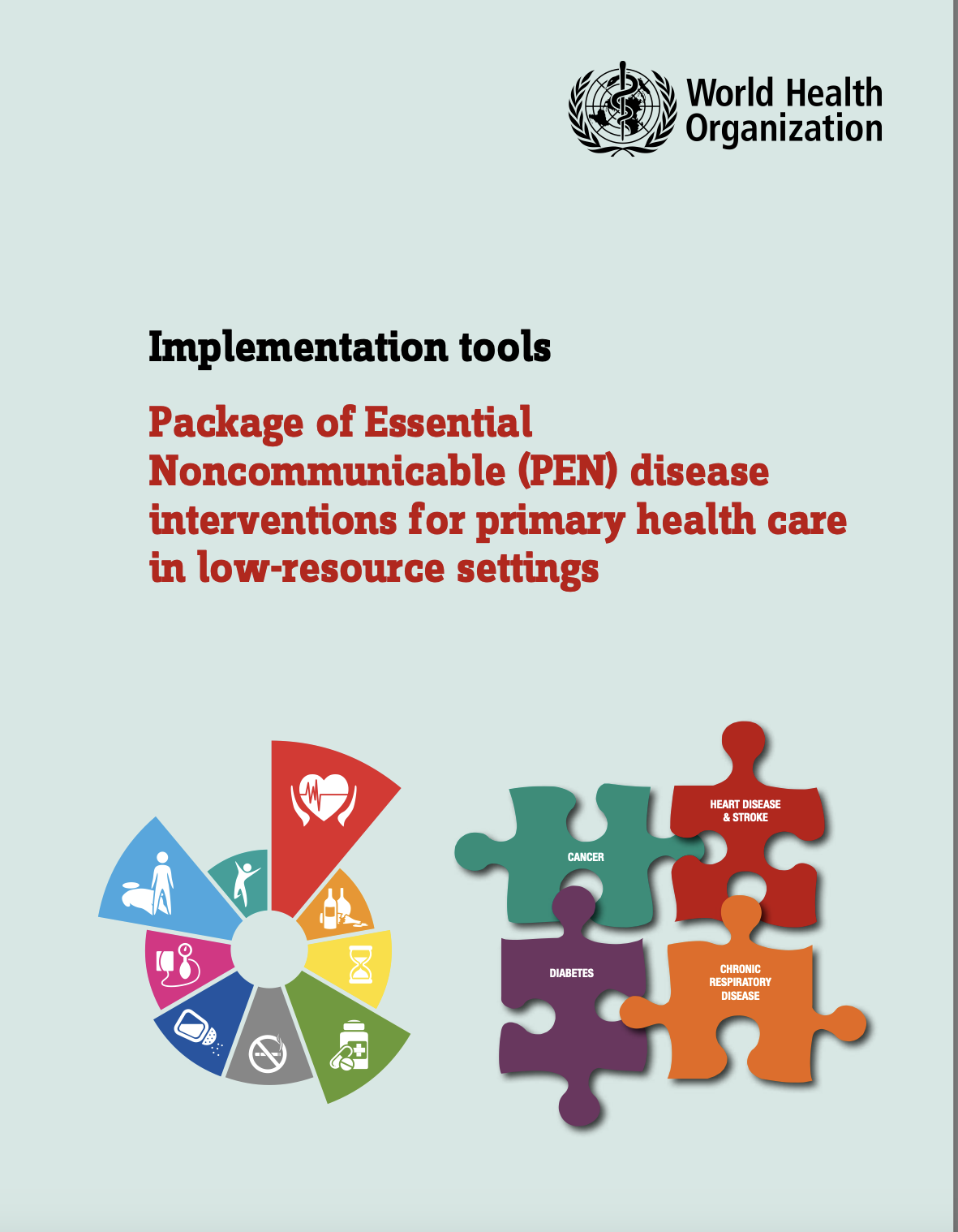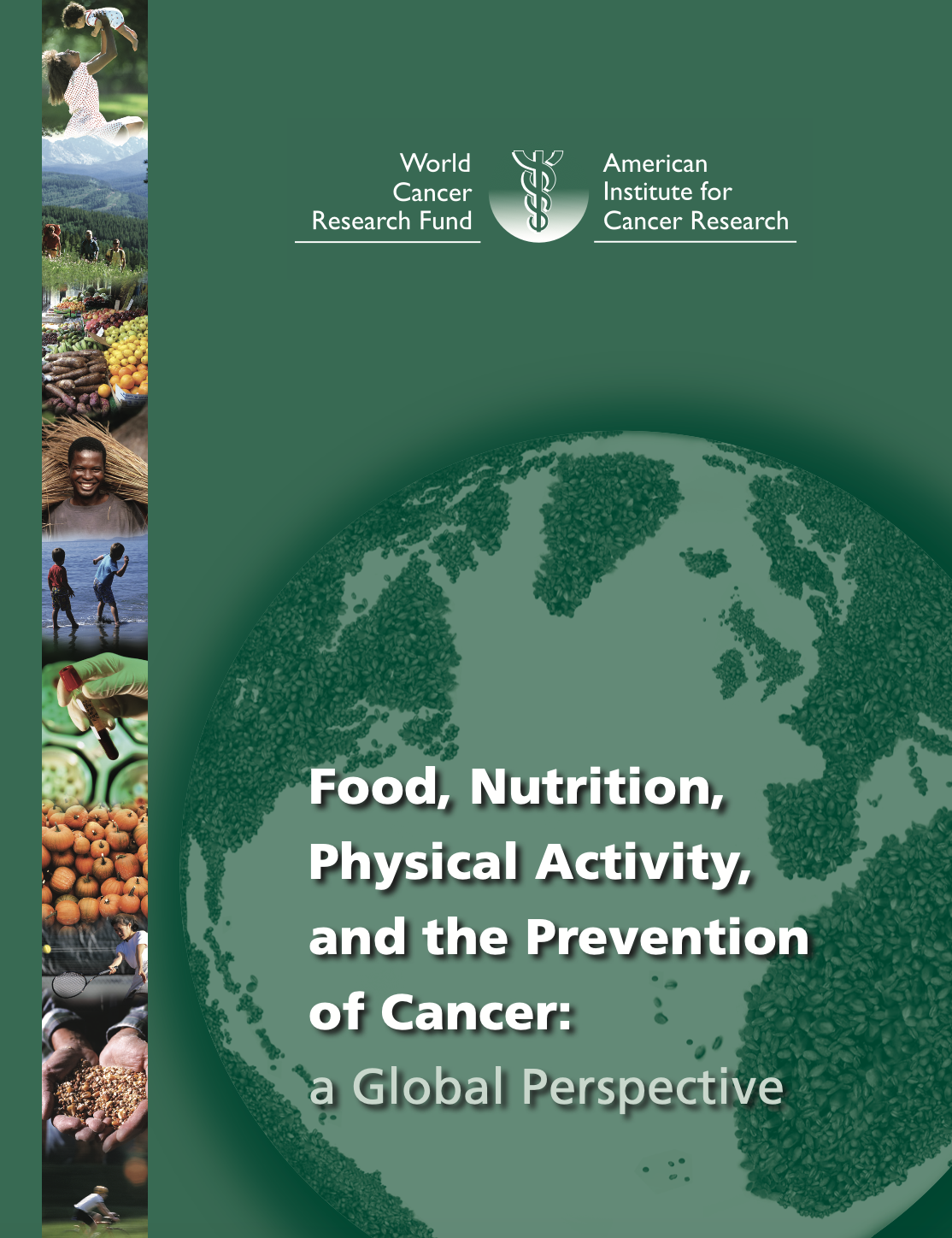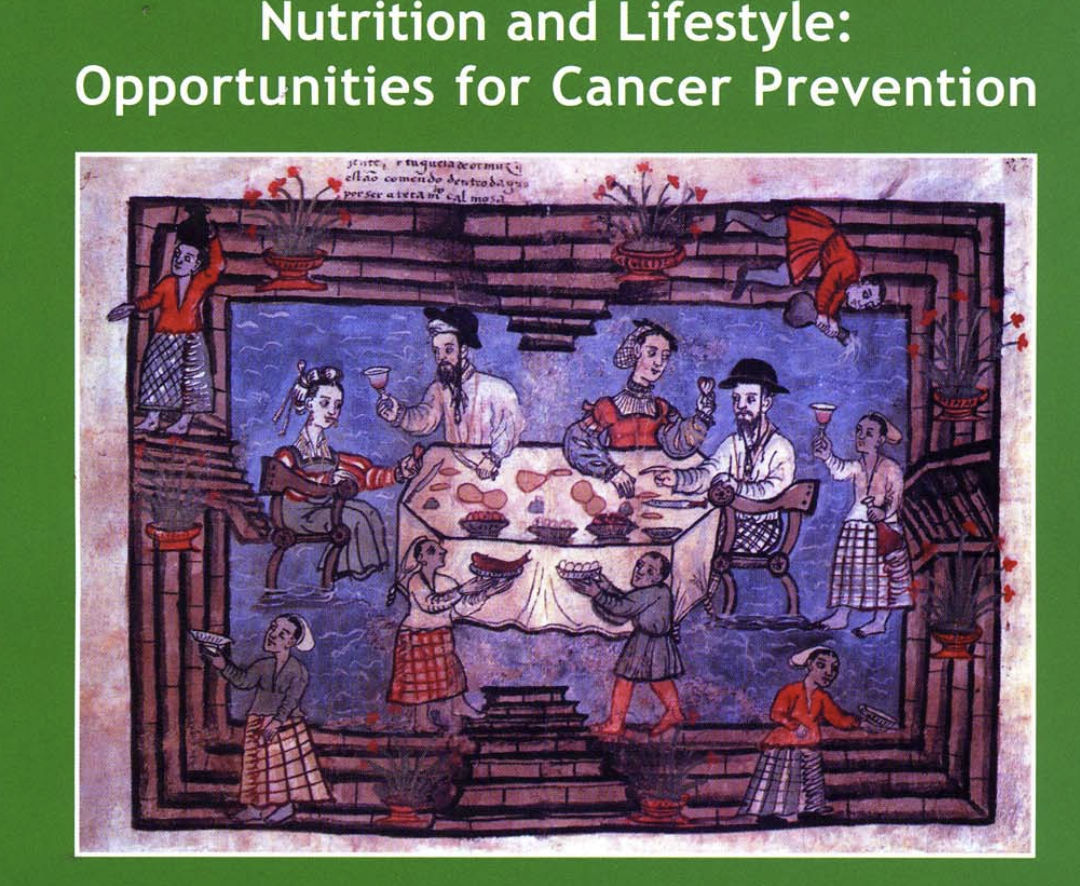The Lancet
Alleviating the access abyss in palliative care and pain relief-an imperative of universal health coverage.
Article
13 Oct 2017
In agonising, crippling pain from lung cancer, Mr S came to the palliative care service in Calicut, Kerala, from an adjoining district a couple of hours away by bus. His body language revealed the depth of the suffering.We put Mr S on morphine, among...

